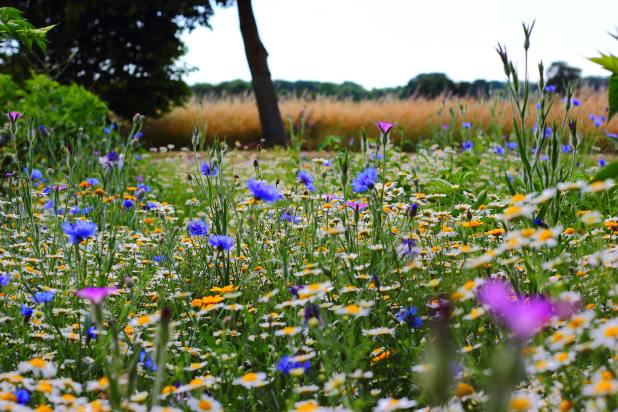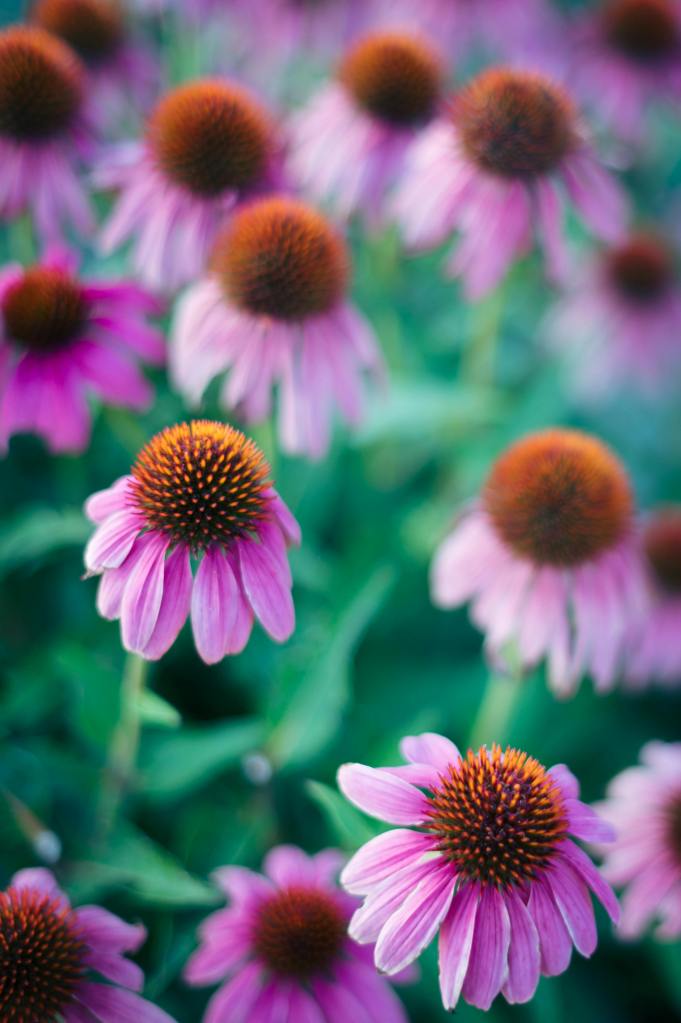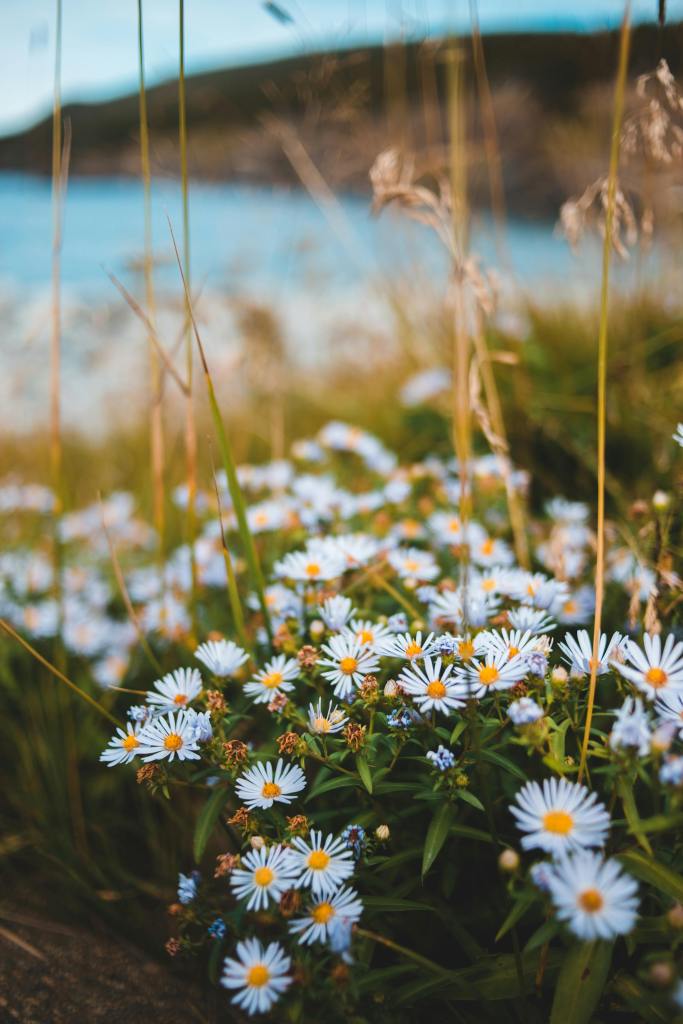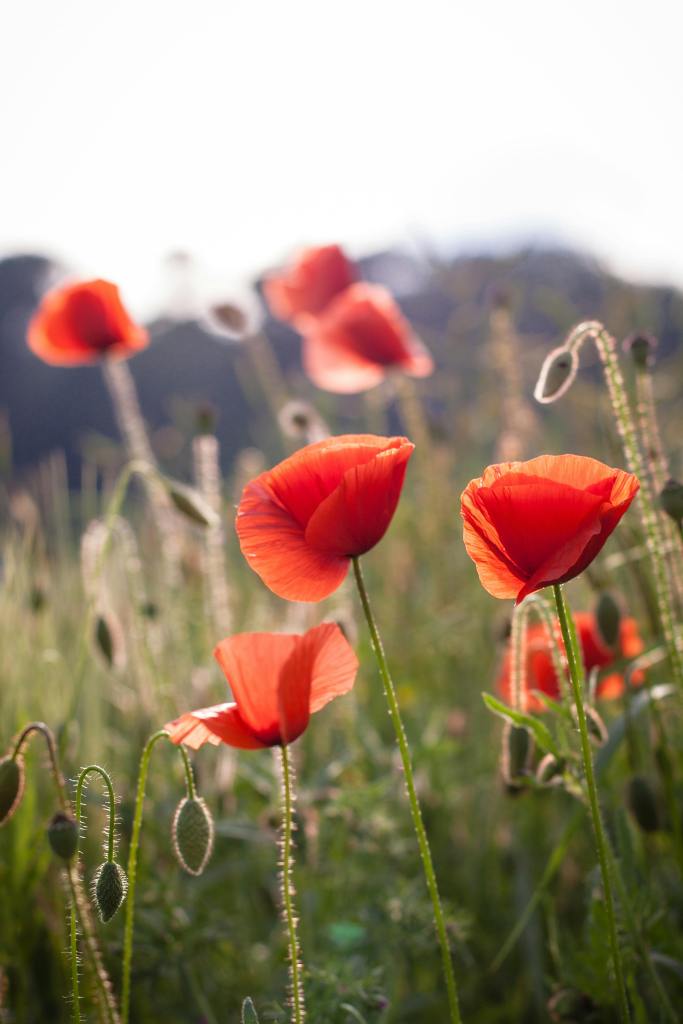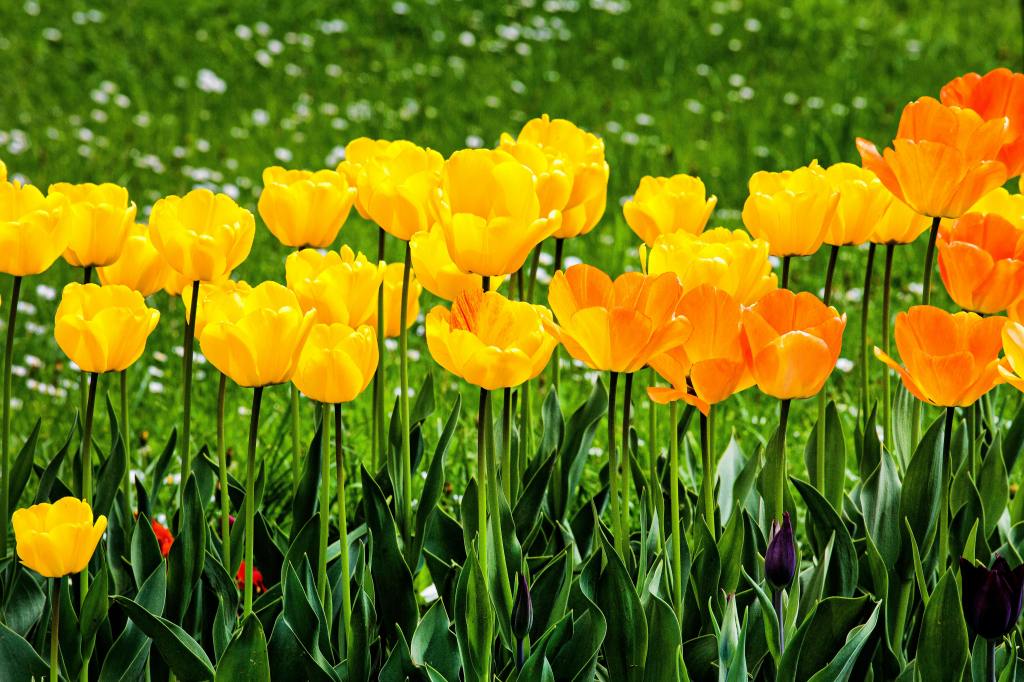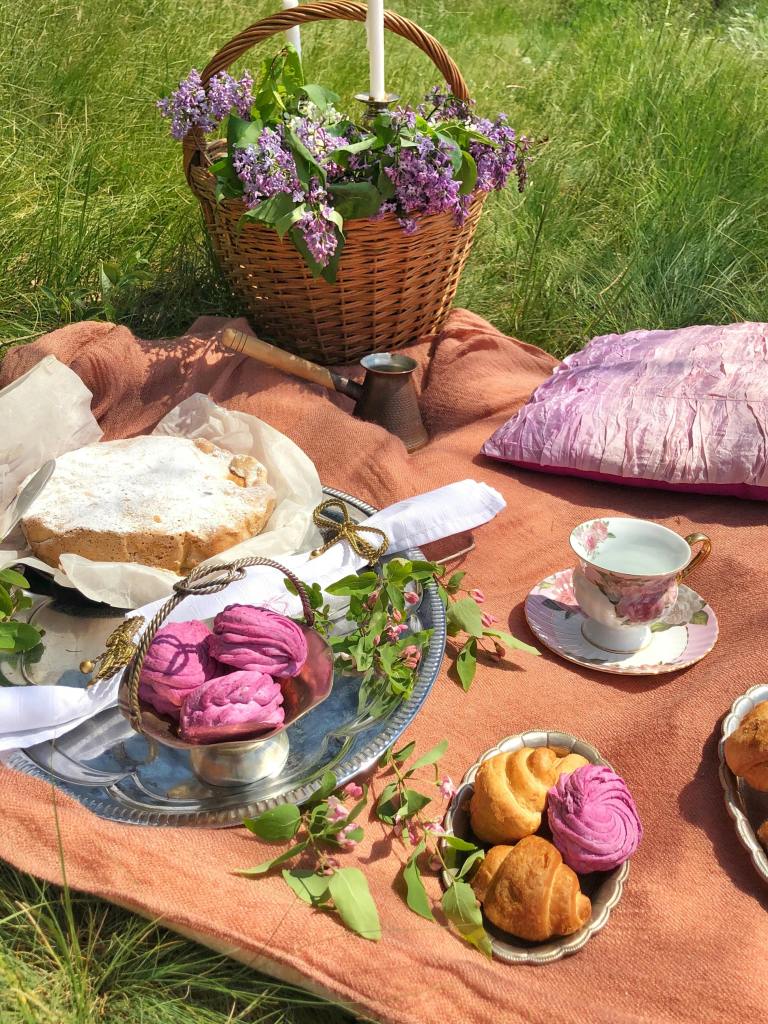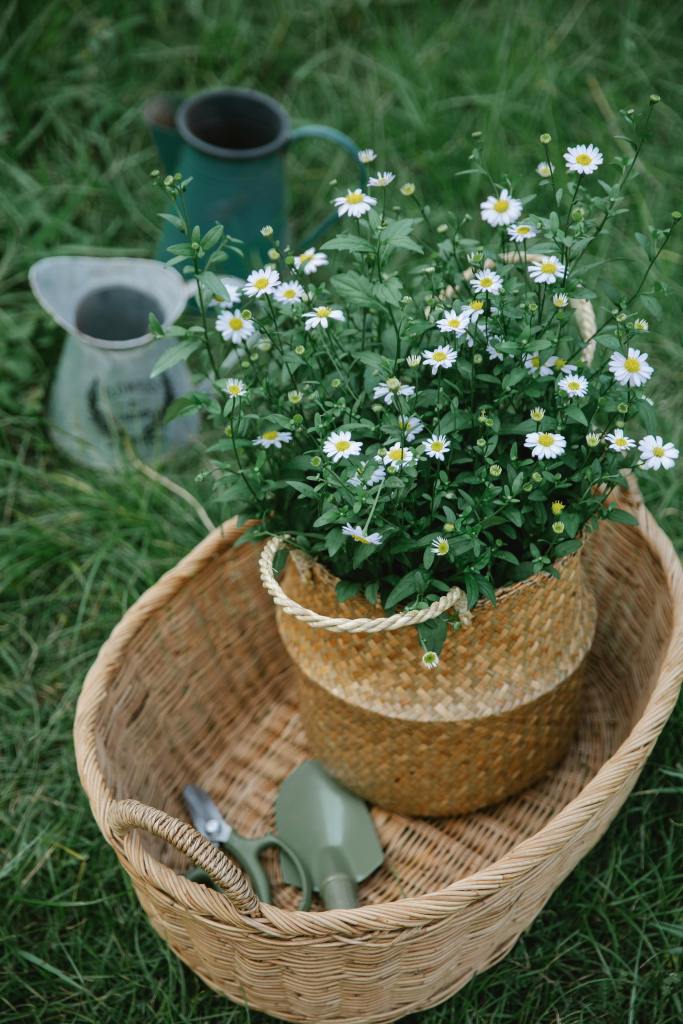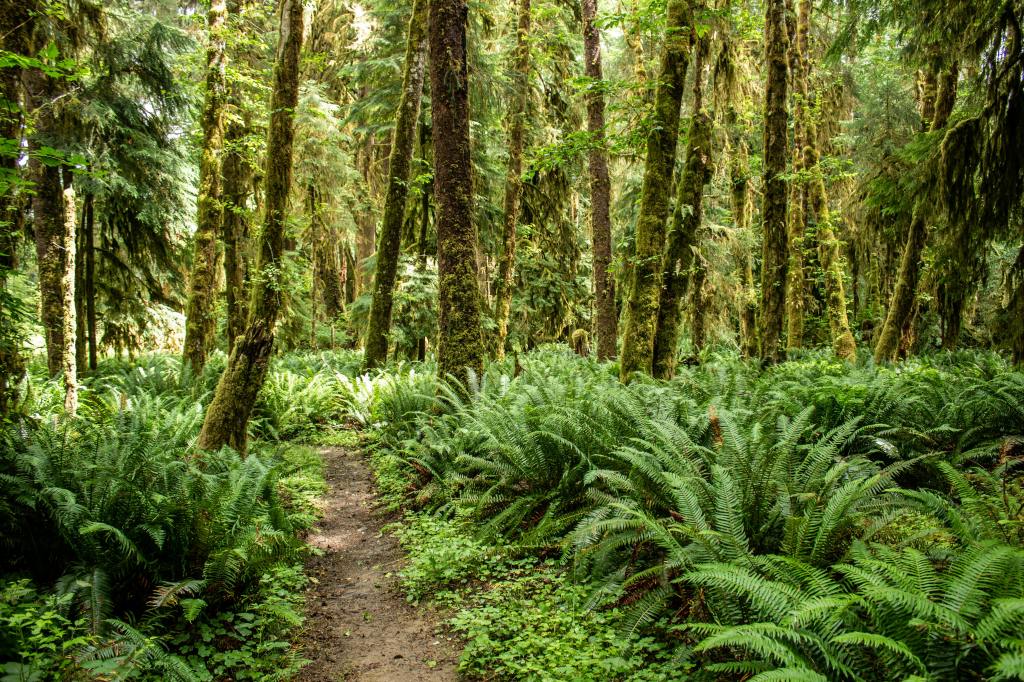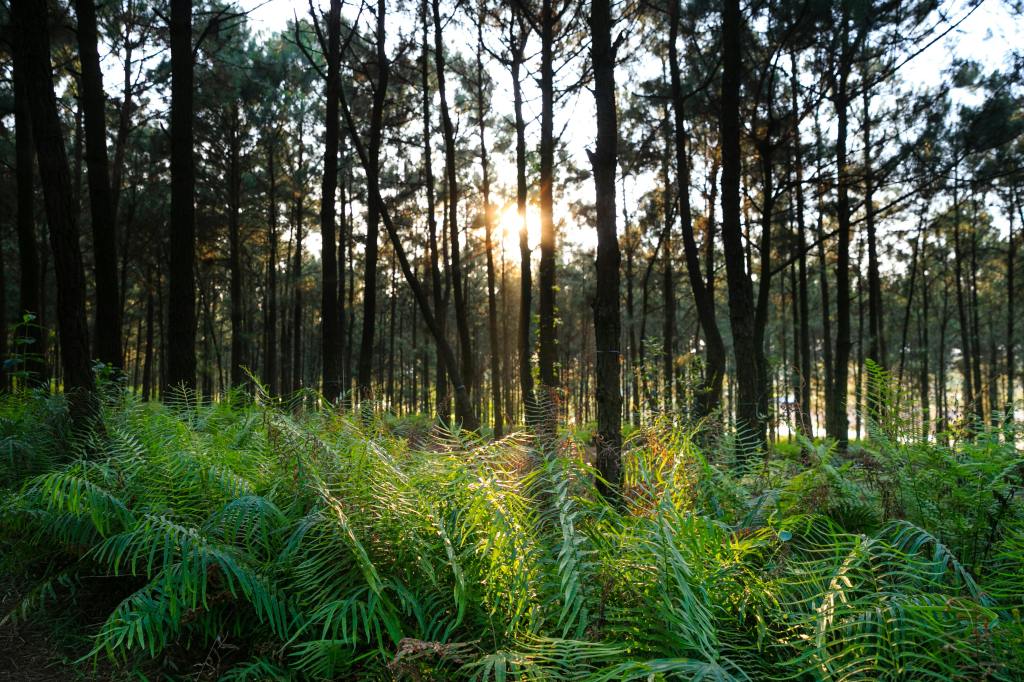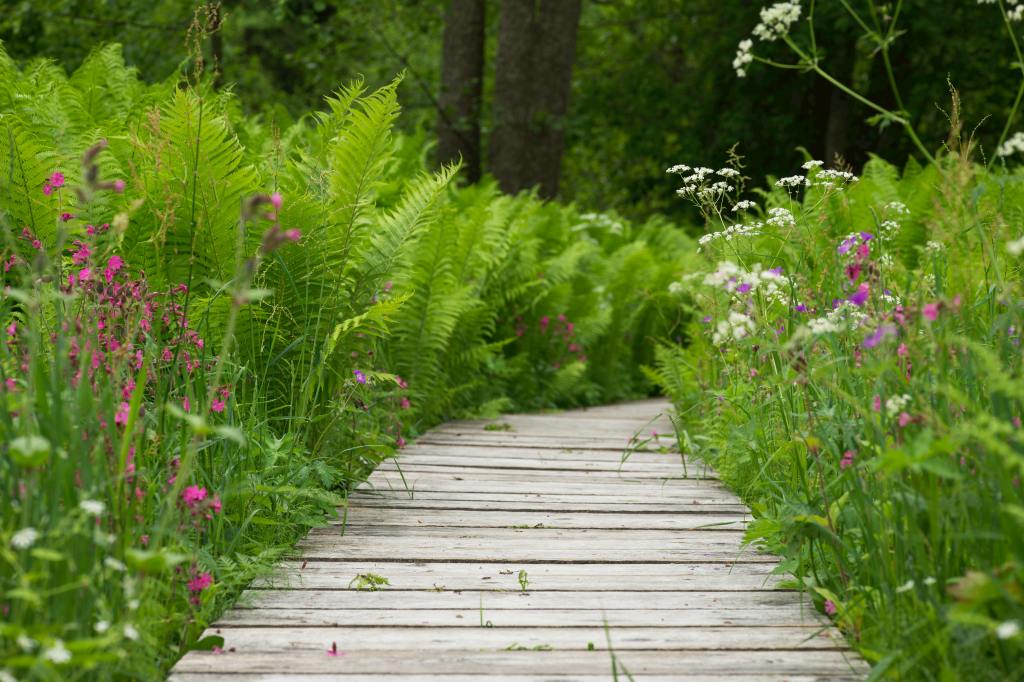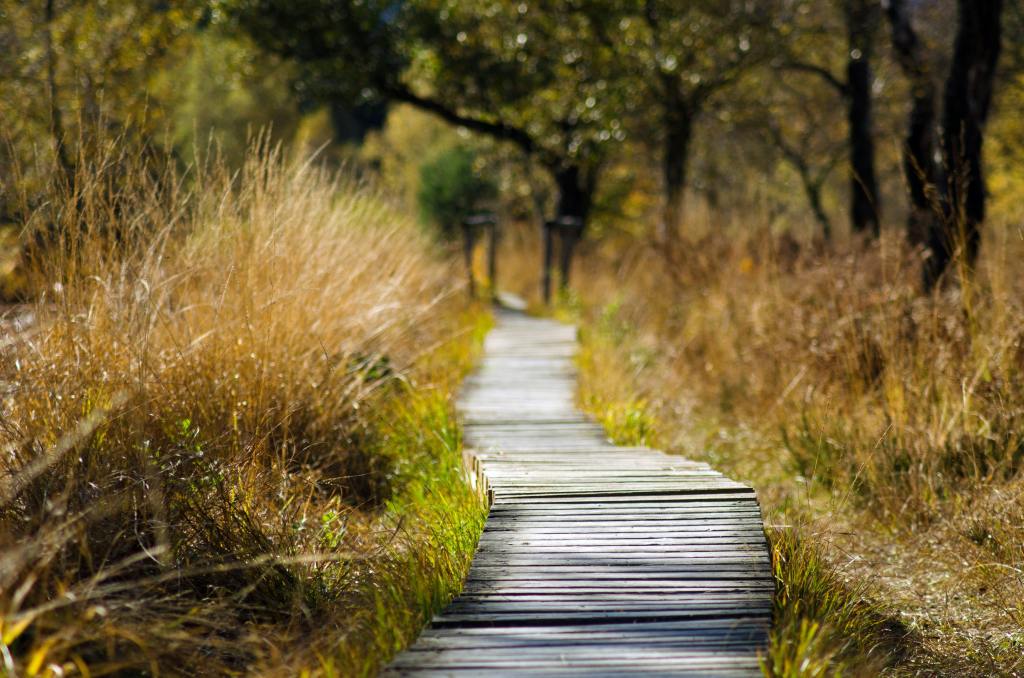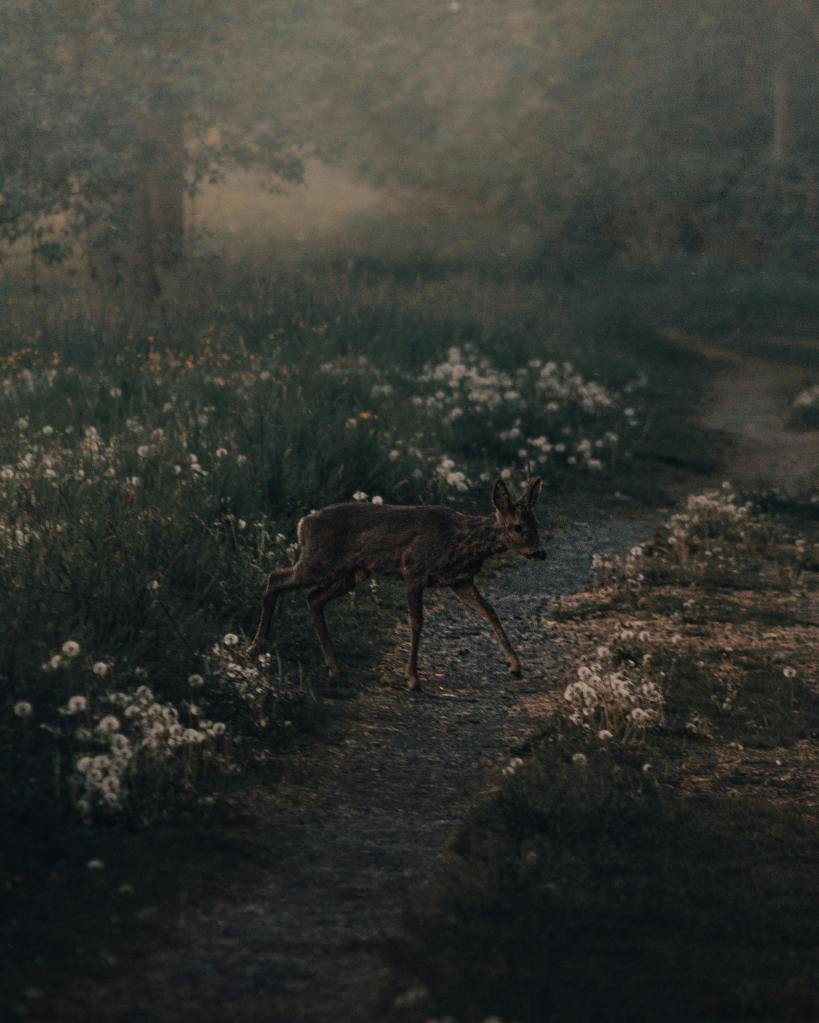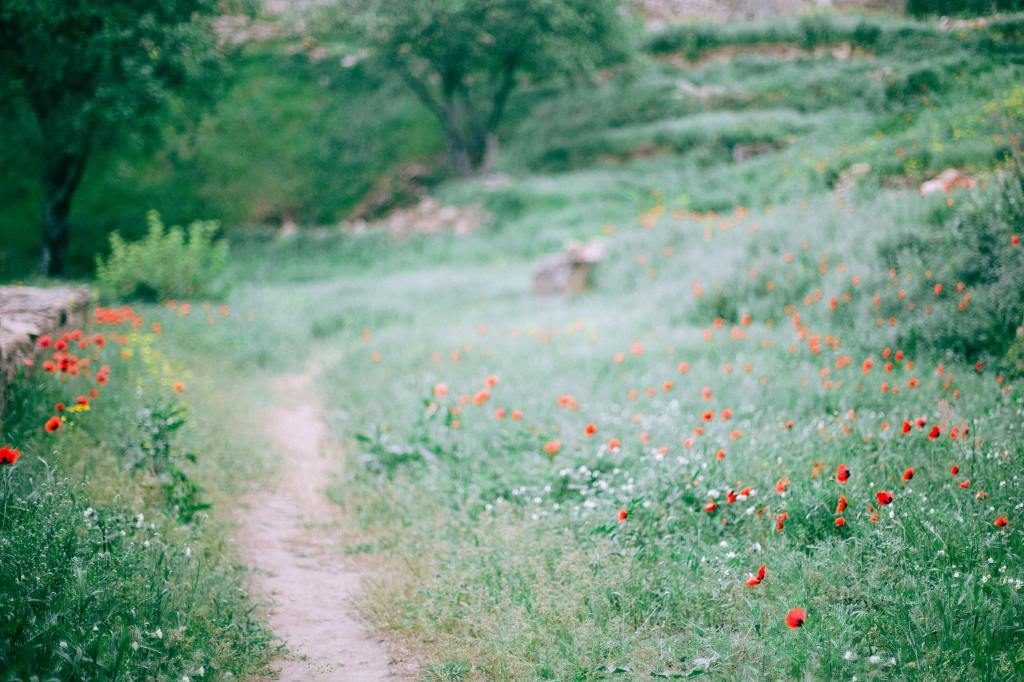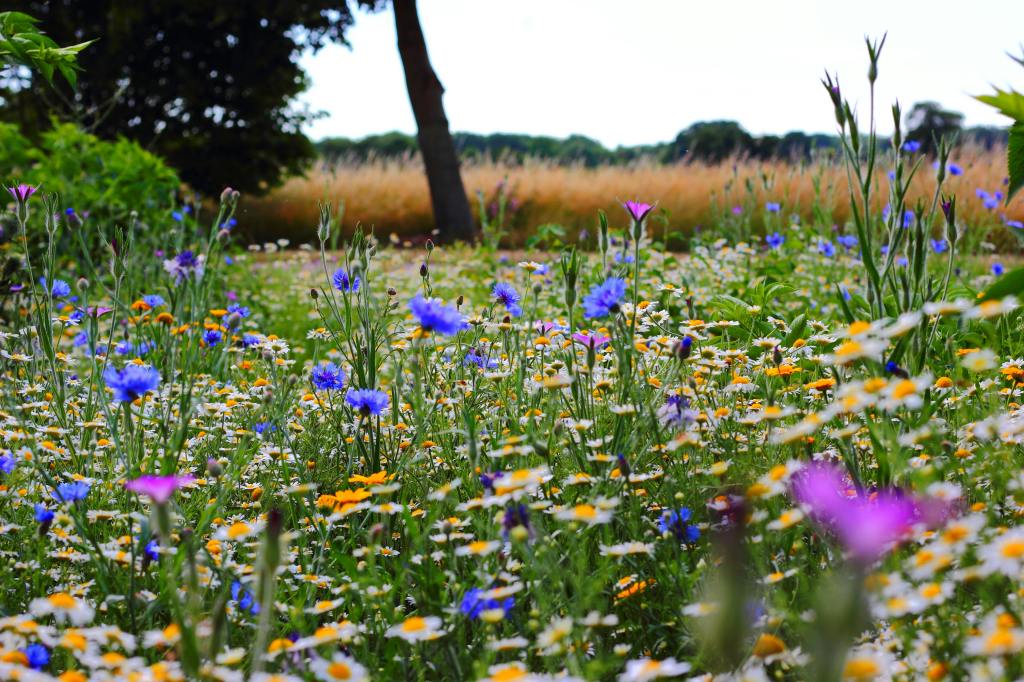
Continuing this months theme of garden types, lets look at how to transform your yard into a tranquil meadow garden today. If missed the others, just click the links to these interesting and inspiring blog posts on how to create a Fairy Garden, Moon Garden, Asian Inspired, traditional English garden, and the quaint rock garden. Enjoy friends.
The other day I discussed how to create a woodland garden. You may be wondering what the difference is between a woodland garden and a meadow garden, so I thought I’d discuss that in today’s blog post. First lets look at the primary difference:
WOODLAND GARDEN: plants require shade and moisture. It is structure and has a large variety of textures. Incorporate natural materials like boulders and rocks. MEADOW/PRAIRIE GRADEN: it creates biodiversity and habitat for native fauna and pollinators.
Introduction: The Allure of a Meadow Garden
As a nature enthusiast and avid gardener, I have always been captivated by the beauty and tranquility of meadow gardens. These enchanting spaces, reminiscent of wildflower fields, are not only visually stunning but also provide a haven for local wildlife. Transforming your backyard into a breathtaking meadow garden is a rewarding endeavor that allows you to create a vibrant ecosystem right outside your door.
Planning Your Meadow Garden: Assessing Your Space and Setting Goals

Join the list
Join hundreds of our subscribers and be the first to know about new content and special offers.
Before embarking on your meadow garden transformation, it is essential to assess your backyard space and define your goals. Take note of the size and shape of the area you wish to convert into a meadow garden. Consider any existing features, such as trees or structures, that may affect sunlight and shade patterns. Additionally, think about the purpose of your meadow garden. Do you envision a peaceful retreat or a haven for pollinators? Determining these factors will help guide your planning process.
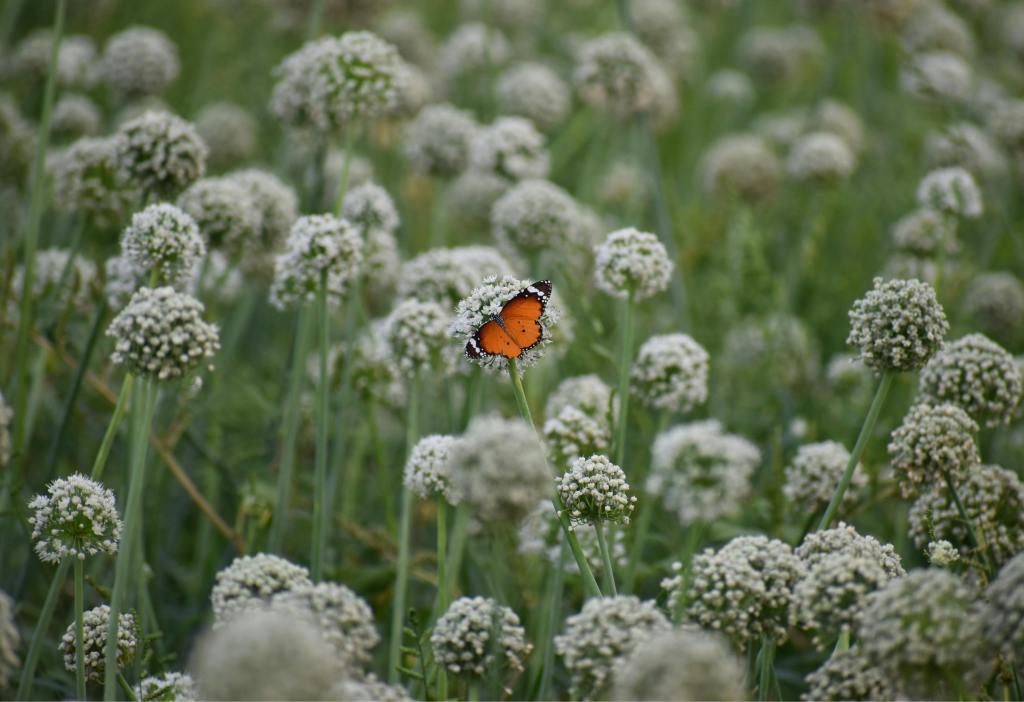
Once you have evaluated your space, it’s time to set goals for your meadow garden. Consider whether you want to focus on native plant species, attract specific wildlife, or create a low-maintenance garden. Setting clear goals will help you make informed decisions throughout the transformation process and ensure that your meadow garden aligns with your vision.
Choosing the Right Plants for Your Meadow Garden: Native Species and Their Benefits
Selecting the right plants for your meadow garden is crucial for its success. Native plant species are particularly well-suited for meadow gardens due to their adaptability to the local climate and soil conditions. They also provide essential food and habitat for local wildlife, promoting biodiversity in your backyard.
When choosing native plants, consider their growth habits, bloom times, and colors. Aim for a mix of grasses, wildflowers, and perennials that will create a diverse and visually appealing meadow. Native grasses, such as Big Bluestem and Switchgrass, provide structure and texture, while wildflowers like Black-eyed Susans and Purple Coneflowers add pops of color.
Preparing the Soil: Soil Testing and Amending for Optimal Growth
Before sowing your meadow garden, it is crucial to prepare the soil to provide the best growing conditions for your plants. Start by conducting a soil test to determine its pH level and nutrient content. This information will guide you in making any necessary amendments.
Most meadow plants prefer slightly acidic soil with a pH range of 6 to 7. If your soil is too acidic or alkaline, you can adjust it by adding organic matter such as compost or well-rotted manure. These amendments will improve soil structure, drainage, and nutrient availability, creating an ideal environment for your meadow garden to thrive.

Timing is Everything: When to Sow Your Meadow Garden
Timing plays a crucial role in the success of your meadow garden. Sowing your seeds at the right time ensures optimal germination and establishment of your plants. The best time to sow a meadow garden depends on your location and the specific plant species you have chosen.
In general, early spring or late fall are ideal times for sowing meadow garden seeds. The soil is moist, and temperatures are cool, providing favorable conditions for germination. However, some species may require specific conditions, such as a period of cold stratification, before they can germinate. Research the requirements of your chosen plants and plan your sowing accordingly.
Sowing and Maintaining Your Meadow Garden: Step-by-Step Instructions
Sowing and maintaining a meadow garden requires careful attention to detail, but the process is not as challenging as it may seem. Follow these step-by-step instructions to ensure successful establishment and long-term growth of your meadow garden:
- Prepare the soil: Remove any existing vegetation and loosen the soil with a garden fork or tiller.
- Sow the seeds: Scatter the seeds evenly over the prepared soil, following the recommended seeding rate for each species. Lightly rake or roll the area to ensure good seed-to-soil contact.
- Water thoroughly: After sowing, water the area gently but thoroughly to help the seeds settle into the soil.
- Monitor and weed: Regularly monitor your meadow garden for weeds and remove them promptly to prevent competition with your desired plants.
- Water as needed: Water your meadow garden during dry spells, ensuring that the soil remains moist but not waterlogged.
- Enjoy the blooms: As your meadow garden grows, delight in the beauty of the wildflowers and grasses that grace your backyard.
Watering and Fertilizing Your Meadow Garden: Best Practices for Healthy Growth
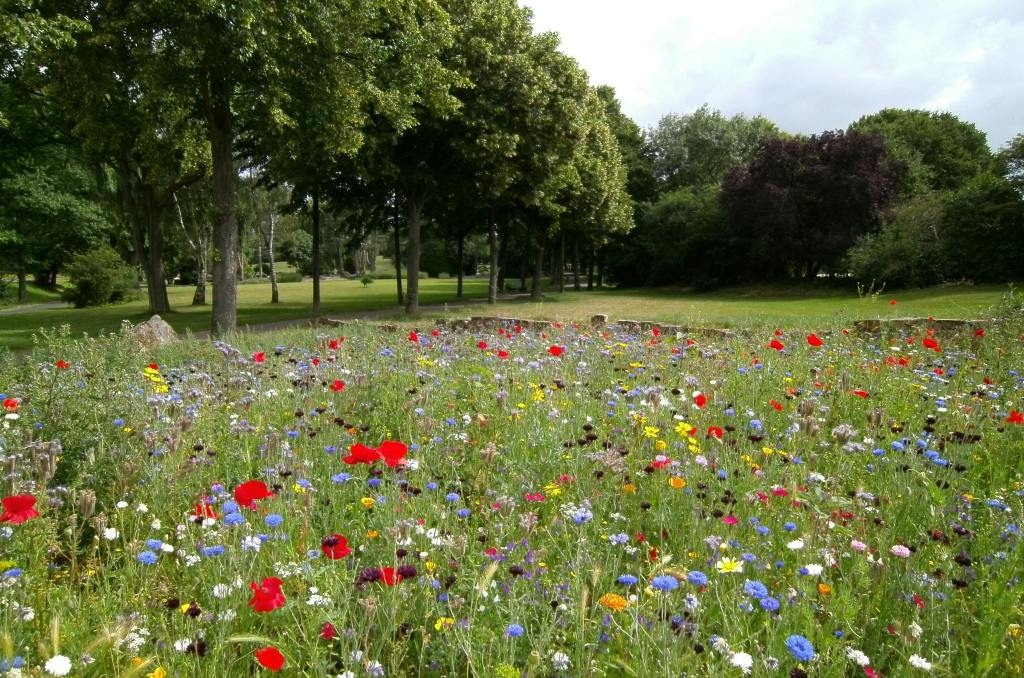
Proper watering and fertilizing are essential for maintaining a healthy meadow garden. Although meadow plants are generally low-maintenance, they still require adequate hydration and nutrients to thrive. Here are some best practices to ensure healthy growth:
- Water deeply and infrequently: Instead of frequent shallow watering, give your meadow garden a deep soak once or twice a week. This encourages plants to develop deep root systems, making them more resilient to drought.
- Avoid over-fertilizing: Meadow plants are adapted to nutrient-poor soils, so excessive fertilization can do more harm than good. Use a slow-release, organic fertilizer sparingly, following the recommended application rates.
- Consider natural alternatives: Instead of synthetic fertilizers, you can use organic alternatives like compost or compost tea to provide nutrients to your meadow garden. These options promote soil health and microbial activity.
Weed Control in Meadow Gardens: Natural Methods and Maintenance Tips
Weed control is an ongoing task in any garden, and meadow gardens are no exception. However, minimizing weed growth is vital to maintain the health and aesthetics of your meadow garden. Here are some natural methods and maintenance tips to keep weeds at bay:
- Mulch wisely: Apply a layer of organic mulch, such as wood chips or straw, around your meadow garden. This helps suppress weed growth and conserves moisture in the soil.
- Hand-pull weeds: Regularly inspect your meadow garden and hand-pull any weeds that emerge. Be careful not to disturb the roots of your desired plants.
- Mow strategically: Mowing can help control weeds in meadow gardens. Set your mower at a high setting to cut down any aggressive or invasive plants while preserving the desired meadow plants.
Attracting Wildlife to Your Meadow Garden: Creating a Habitat for Birds, Butterflies, and Bees
One of the most rewarding aspects of a meadow garden is its ability to attract wildlife. By creating a habitat, you can invite a diverse array of birds, butterflies, and bees to call your backyard their home. Here’s how to make your meadow garden a haven for wildlife:
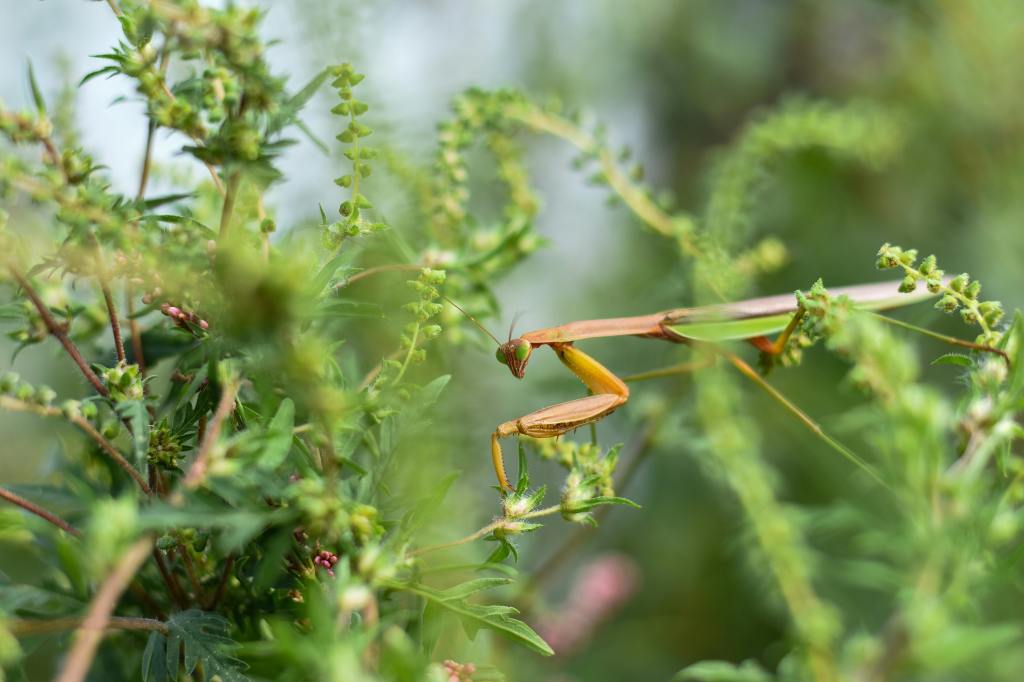
- Provide shelter: Incorporate features like birdhouses, bee hotels, and butterfly shelters into your meadow garden. These structures offer nesting opportunities and protection from the elements.
- Include water sources: Install a birdbath or shallow dishes filled with water to provide a refreshing drink for visiting wildlife. Consider adding a small pond or water feature for additional diversity.
- Plant for pollinators: Select a variety of nectar-rich flowers that bloom throughout the seasons to attract bees and butterflies. Native plants like Milkweed and Joe-Pye Weed are particularly attractive to pollinators.
Seasonal Care and Maintenance: Keeping Your Meadow Garden Thriving Year-Round
To keep your meadow garden thriving year-round, it’s essential to provide seasonal care and maintenance. Here are some tips for each season:
- Spring: Remove any dead vegetation and gently rake your meadow garden to promote new growth. Monitor for weeds and address them promptly.
- Summer: Water your meadow garden during dry spells and trim back any aggressive plants that may outcompete others.
- Fall: Allow seed heads to develop and disperse naturally to ensure a new generation of plants. Consider collecting seeds for future propagation.
- Winter: Avoid excessive foot traffic on your meadow garden to prevent soil compaction. Leave some dead plant material as a winter habitat for beneficial insects.
Showcasing Your Meadow Garden: Design Tips and Adding Finishing Touches
A well-designed meadow garden can be a stunning focal point in your backyard. Consider these design tips and finishing touches to showcase the beauty of your transformed space:
- Create paths or walkways: Define pathways through your meadow garden using stepping stones or gravel. This allows you to explore and appreciate the garden up close while minimizing trampling on delicate plants.
- Incorporate seating areas: Install benches or garden seating strategically throughout your meadow garden, providing inviting spots to relax and enjoy the scenery.
- Introduce focal points: Place eye-catching features like sculptures, bird baths, or ornamental grasses to add visual interest and create focal points within your meadow garden.
Conclusion: Enjoying the Beauty and Benefits of Your Transformed Backyard
By following this step-by-step guide, you can transform your backyard into a breathtaking meadow garden that not only enchants the eye but also supports local wildlife. With careful planning, proper maintenance, and a touch of creativity, you can create a vibrant ecosystem right outside your door. Embrace the beauty and benefits of your meadow garden and enjoy the tranquility and joy it brings to your outdoor space.
CTA:
Create your own meadow garden oasis today and experience the beauty and benefits firsthand. Start planning, gathering supplies, and get ready to transform your backyard into a breathtaking haven for both nature and yourself. Begin your meadow garden journey now and unlock the wonders of a vibrant ecosystem right outside your door.

If you enjoyed this blog , please LIKE, Follow, Share & leave me a comment! I love your feedback!
If you aren’t following me on Facebook & Instagram, go on over & give a LIKE & Follow me for daily tips & tricks for your home & garden!
Remember to eat fresh, shop local, & have a happy day,
Jean
Copyright Policy
All text and images on this site are copyright of For Dragonflies And Me. Unless otherwise noted, you may not use this content
This post may contain affiliate links. If you choose to purchase through an affiliate link, I may receive a small commission at no additional cost to you. You can see my full disclaimer here.

